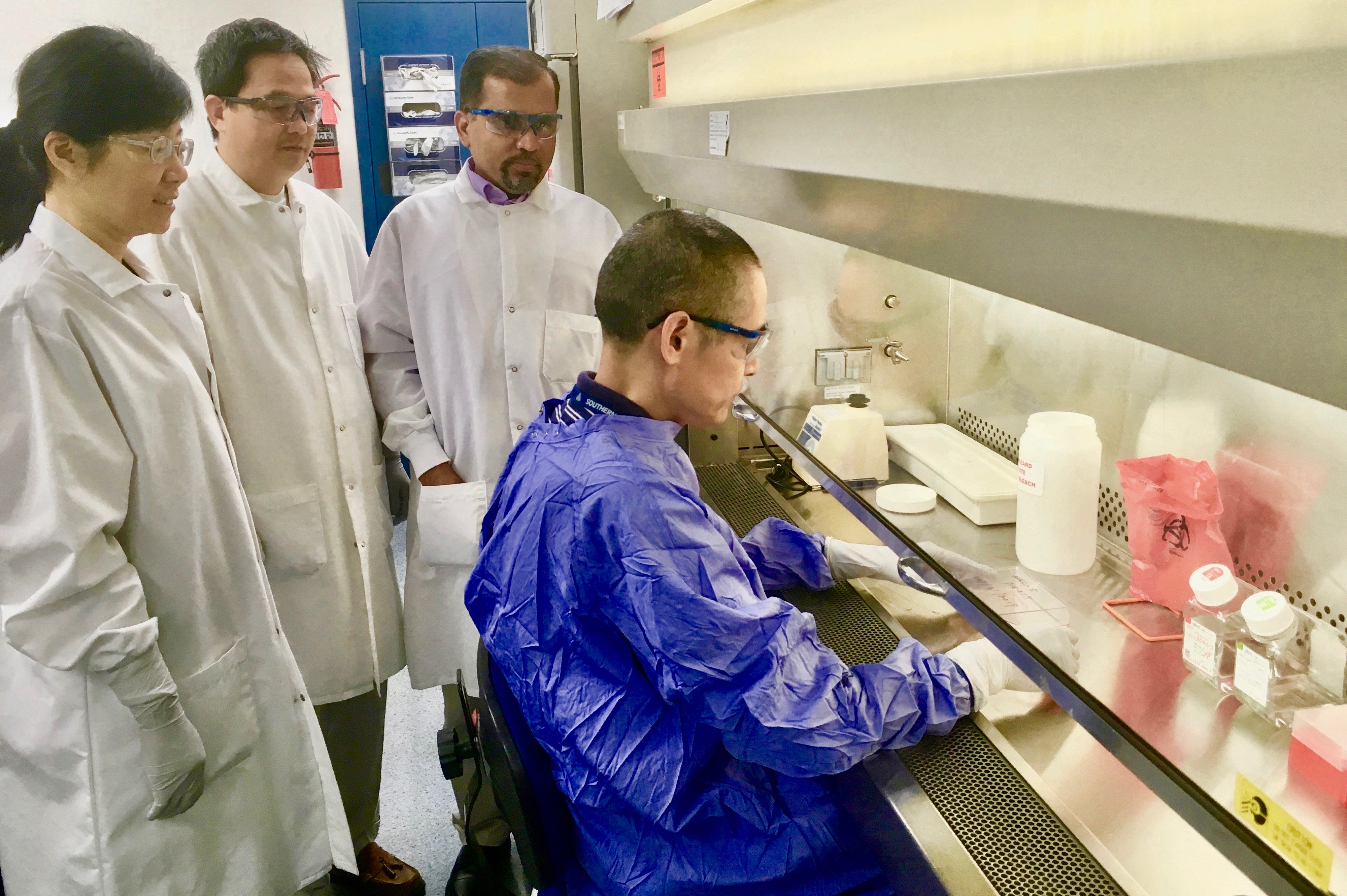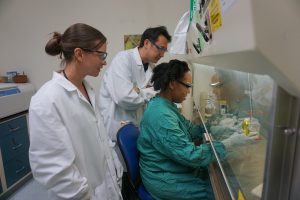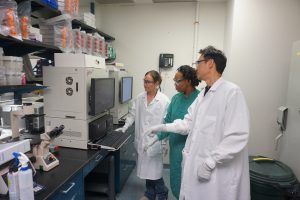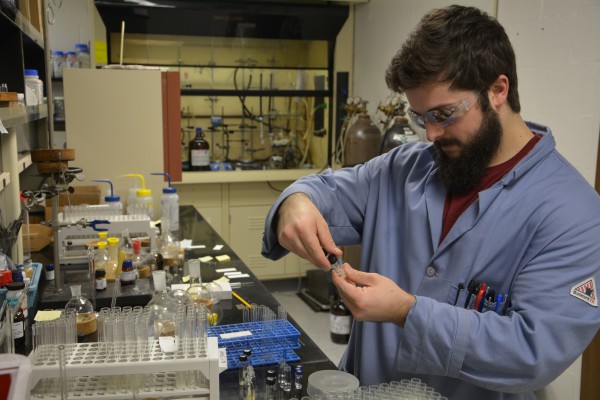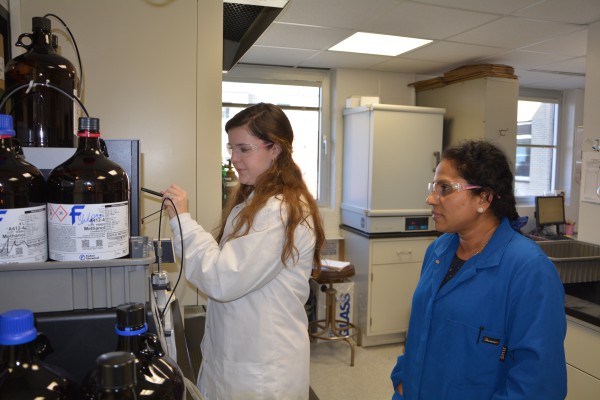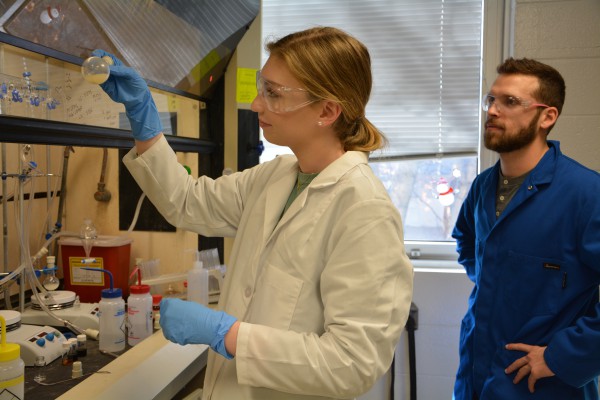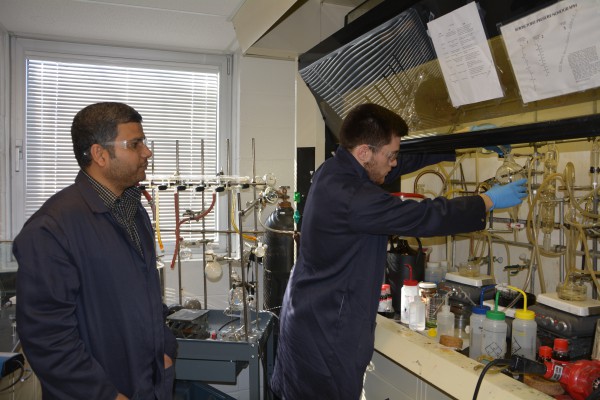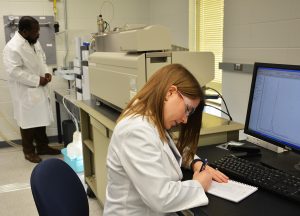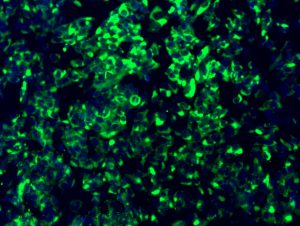Southern Research has been awarded two contracts from the Biomedical Advanced Research and Development Authority (BARDA), which is a division of the U.S. Department of Health and Human Services’ Office of the Assistant Secretary for Preparedness and Response, for nonclinical research services advancing the agency’s work to protect the U.S. against infectious disease and bio-terror threats.
The BARDA contracts have a minimum value of $45 million and a maximum value of $90 million and a base term of five years.
Southern Research, which has considerable experience in infectious disease research, has long been a leader in the evaluation of vaccine candidates and possible therapeutics for influenza and emerging biological threats.

“This work positions Southern Research to play a key role in protecting against potentially serious public health issues,” said Tim McGrath, vice president, Drug Development.
“We have the expertise and capabilities to accelerate the development of vaccines and therapeutics that are effective against biological threat agents.”
PORTFOLIO OF COUNTERMEASURES
BARDA’s mission includes developing medical countermeasures our nation needs to protect public health against emerging infectious diseases, pandemic influenza, and chemical, biological, radiological, and nuclear threats.
Under one of the BARDA contracts, Southern Research will develop and utilize novel animal models used in the testing of potential vaccines and therapeutics against biological threat agents.
The development of animal models is considered a key element in the evaluation of medical countermeasures for this broad range of threats because the efficacy of these products cannot be verified using traditional clinical studies.
“Southern Research is pleased to continue this relationship with BARDA and support this critically important initiative,” said Michelle Wright Valderas, director of project management and principal investigator on this contract.
The second BARDA-supported project is focused on developing the reagents and assays that would be used to support the animal model testing and later human clinical trials.
“I am excited to contribute to this important research supporting vaccine development to protect public health,” said John Farmer, a project leader responsible for immunology research at Southern Research and principal investigator on this contract.
IDIQ CONTRACTS
Task orders issued under these contracts will be funded in whole or in part with federal funds from the Department of Health and Human Services Office of the Assistant Secretary for Preparedness and Response, Biomedical Advanced Research and Development Authority, under Contract Nos. HHSO100201700017I and HHSO100201700018I.
Both are Indefinite Delivery Indefinite Quantity (IDIQ) contracts, meaning Southern Research is positioned to bid on task orders once they are issued by BARDA. All work will be conducted using quality standards consistent with Good Laboratory Practices (GLP) guidelines.
Southern Research worked previously with BARDA under a 2011 IDIQ contract to develop animal models. In addition, Southern Research has worked as a subcontractor with other organizations on BARDA contracts.
